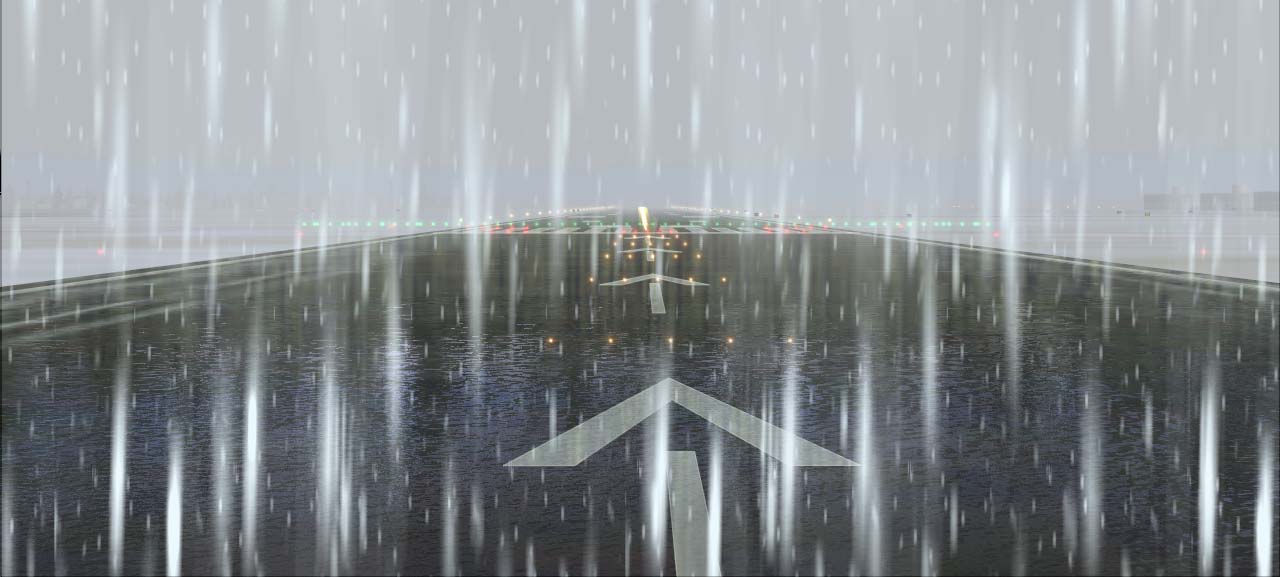

Britannic Virtual Airline Group Snow and Ice Operating Instructions
For our operations to proceed pilots need to be aware of the following limitations.
Runway Contamination
This includes Slush,Wet Snow, Dry Snow & Standing Water. This is also known as clutter.
| Take Off Not Permitted if | Suspend Operations if | |
| Slush | More than 1/2 inch | More than 1/2 inch |
| Wet Snow | More than 1 inch | More than one inch |
| Dry Snow | Over 4 inches | Over 6 inches |
| Standing Water | over 1/2 inch | over one inch |
Also No take off or landings if reports of microburst activity around the airport is given by ATC Freezing Rain can also mean no take off permitted.
| Light | Moderate |
Heavy |
|
| Freezing Rain | OK | NO | NO |
| Freezing Drizzle | OK | OK | NO |
| Snow | OK | OK | OK |
or the RVR goes below 350 M
Do not lower flaps whilst taxiing out until on the runway. Be aware of the need to re do the checklist before take off in this case, as any checklist breaks, then the whole of that part of the checklist must be recommenced from the start. Do not use wing anti icing until in the air and the flaps are up. Engine anti icing must be switched on during taxi and take off if icing conditions are present ( as defined below). You need the following equipment working for take off in these conditions.
|
1) If
temperature below 10C and visible moisture present then you need Engine
Anti Ice On 2) all reversers ,autobrakes 3) no tailwind 4) max power take off 5) Engine switches to CON 6) Avoid heavy precipitation if possible 7)use weather radar to assess a path out to request to ATC |
 |
Remember if the landing RVR is below minimums for the take off you must have nominated an airport within 1 hours flying time or 370NM to land at after take off with an emergency. This airport must be above limits. You must also be able to clear obstacles 5 miles either side of your path by 1000 Ft vertical height if you are flying on one engine due to a failure after V1
On Landing with these conditions leave flaps at 20 degrees until taxied in. If a long taxi in then do engine run ups to 50% N1 on the way if 30 mins has gone by without a run up then maintenance would have to check before the aircraft can depart again. Consider deicing before take off.
The definition of Icing Conditions is as follows
Icing conditions exist when the outside air temperature is between 10 degrees centigrade and -18 centigrade and any visible moisture such as fog snow, sleet, rain ,mist, cloud or visibility is less than one mile. In this case wing and engine heating should be turned on-between these temperatures when in flight and the flaps are up. If windshear is reported delay your rotation but don't hit the fenceAlso if braking is poor consider a reduced V1
If braking action is reported as nil do not land or take off
I hope this gives you some idea of what is involved in a pilots decision during icing conditions. These are based on real world procedures.